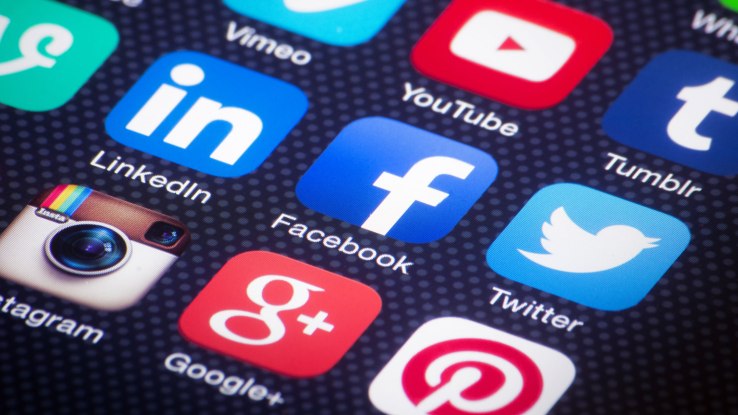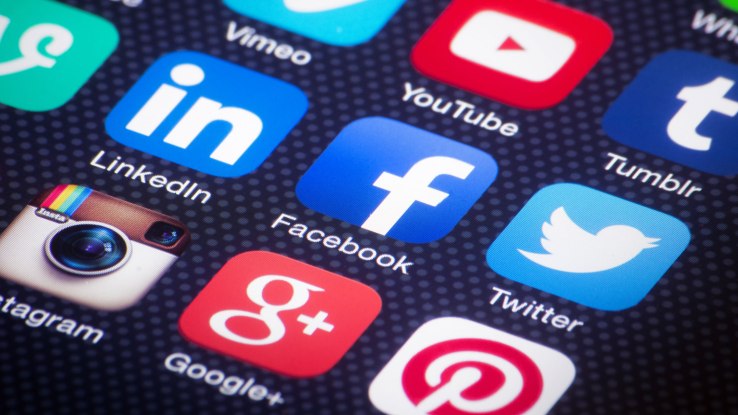

Apps have become a driver of the economy. According to the Statista website, leading app stores offer around four million apps. App users are able to engage in commerce, access content and connect with for-profit and not-for-profit entities of every kind and description.
If space was the final frontier for Captain Kirk and the Enterprise, digital-app experiences are the heavily explored frontier for a host of entities. Because apps are a key link between the public and a business, the accessibility of apps to individuals with disabilities, especially those individuals who are blind or have low vision, is unfortunately likely to become the newest contested cyber battleground for claims under the Americans with Disabilities Act (ADA) and similar state and local laws.
Websites have become frequent disability discrimination targets
A little background may be helpful. The year 2015 marked the ADA’s 25th anniversary. It also marked a year in which well over 40 lawsuits were filed alleging that the websites of notable companies or organizations — such as The National Collegiate Athletic Association, J.C. Penney, Sprint Corporation, Hard Rock Café International, Red Roof Inns, Huntington National Bank and even the U.S. Small Business Administration — violated the public accommodations provisions of the ADA and similar laws by not being accessible to individuals who are blind or have low vision or other disabilities.
The U.S. Department of Justice calls out inaccessible websites
The DOJ has launched investigations, including of website accessibility, against the Newseum in Washington, DC and the Quicken Loans Arena (home court for LeBron James and the Cleveland Cavaliers). There have also been DOJ settlements with other entities, including Florida State University and the University of Montana.
Apps may become the new focus of disability claims
While the tsunami of website accessibility investigations and cases continues to rise, a new wave of claims may be about to confront the apps of many organizations. It is rare today that businesses, including healthcare and life sciences companies, as well as cultural institutions and other nonprofits, do not tout the availability of information and transactions that can be accessed and performed through an app. Indeed, special benefits are often offered to those who “download our app.”
The ADA … does not specifically address access to websites and apps.
As apps, including those for telehealth and other businesses, continue to proliferate and evolve, it is highly likely that the ADA claims plaguing websites will boldly attempt to go to the newer frontier of apps. Insight into potential disability claims against apps may already be seen in DOJ settlements, such as with online grocer Peapod and H&R Block, which have required making an app accessible to individuals who are blind or have low vision. Claims against apps, however, will have to overcome a legal argument that apps as a cyberspace phenomenon are not covered by the ADA.
How the ADA and apps may legally intersect
The ADA prohibits discrimination in the full and equal enjoyment of public accommodations on the basis of disability. The ADA defines a “place of public accommodation” as a facility whose operations affect commerce and that falls within the 12 types of establishments identified by Congress in the ADA. The ADA, however, passed in 1991, does not specifically address access to websites and apps and, to date, courts are split on whether websites qualify as “places of public accommodation” under Title III of the ADA.
Some courts have held that in the absence of a brick-and-mortar presence or a close connection or nexus with a brick-and-mortar entity, the ADA does not apply to a website. Other courts have found that the ADA includes as public accommodations the owners and operators of all facilities, whether in physical or electronic space, sometimes finding a website to be an extension of a physical public accommodation.
The problem is exacerbated by the fact that the DOJ has still not promulgated standards for accessibility of websites and apps.
In addition to the lawsuits noted above, certain enterprising law firms have sent scores of demand letters to numerous entities, such as national retailers, financial services firms, hospitality companies, cultural nonprofits and healthcare entities, alleging that their websites violate the ADA. It is not hard to foresee the attempt to extend such litigation threats to apps, even if there is little or no law as yet holding that apps are “places of public accommodation” under the ADA.
What businesses can do to avoid potential app-based disability claims
Today, businesses with apps and app developers focus on fast loading, easy navigation, reliable and speedy performance, the prevention of freezing, crashes, security and privacy breaches and software bugs. Any failure on these issues leads to bad app store ratings and adverse social media attention.
Add to these problems the possibility of an active advocacy community taking to task an app that can’t be effectively used by individuals who are blind or have low vision or other disabilities and the impact on a business and its brand can be both swift and significant. The problem is exacerbated by the fact that the DOJ has still not promulgated standards for accessibility of websites and apps and only projects (at least) website standards for 2018.
Businesses may want to work with experienced legal counsel knowledgeable in accessible technology issues who can facilitate the testing of existing apps for comparison with the most frequently referenced accessibility standards and to discuss potential strategies for providing accessible apps under what should be the protection of attorney-client privilege. Counsel can arrange for testing existing apps for comparison with, for example, WCAG 2.0 and Section 508 (of the Rehabilitation Act), as well as an app’s usability by screen readers, including those which are often built into mobile devices.
After a review against such guidelines (which are frequently cited by the government and disability advocates despite the lack of federal regulations), an assessment can be made by the business, with counsel’s advice, if steps to enhance accessibility of existing apps would be appropriate.
Similarly, as new apps are being developed, accessibility can be considered in the design plan, again, with counsel playing a role to maximize the ability to assert confidentiality under attorney-client privilege. Taking such steps before any actual or threatened litigation should greatly enhance a business’s ability to defend against such claims.
It’s likely an apt time for businesses and other public accommodations and app developers to consider appropriate legal strategies to avoid becoming disability discrimination litigation targets, even as the law on websites and apps continues to develop.
Featured Image: Twin Design/Shutterstock

